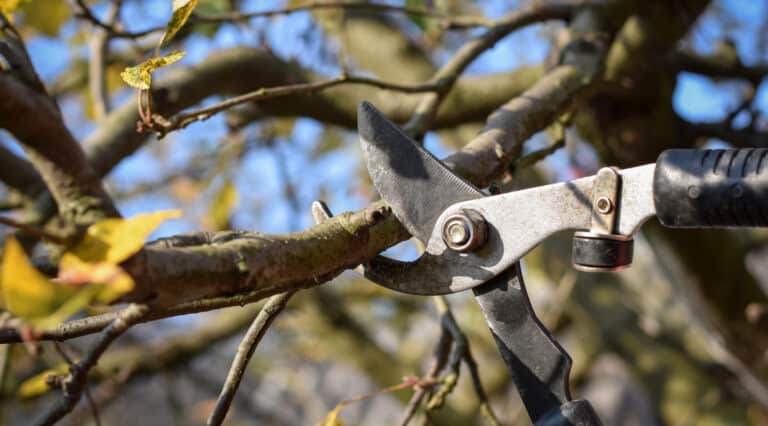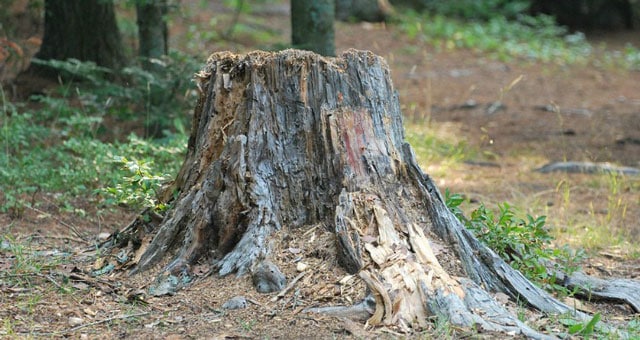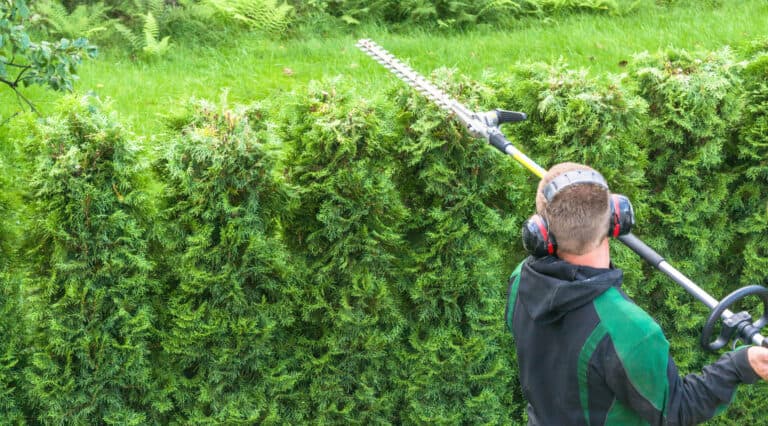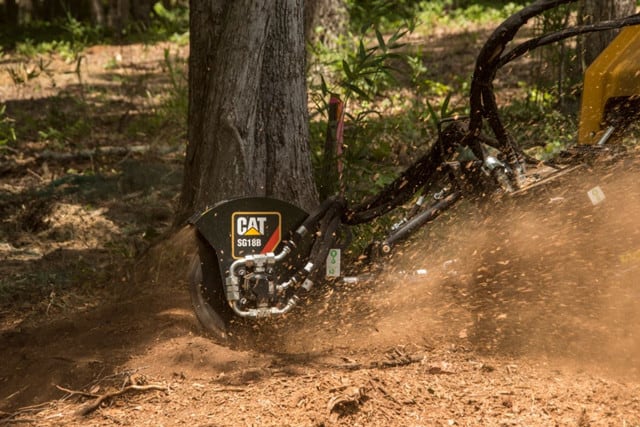Find My Local Expert Timing is Key: When to Prune...
Read More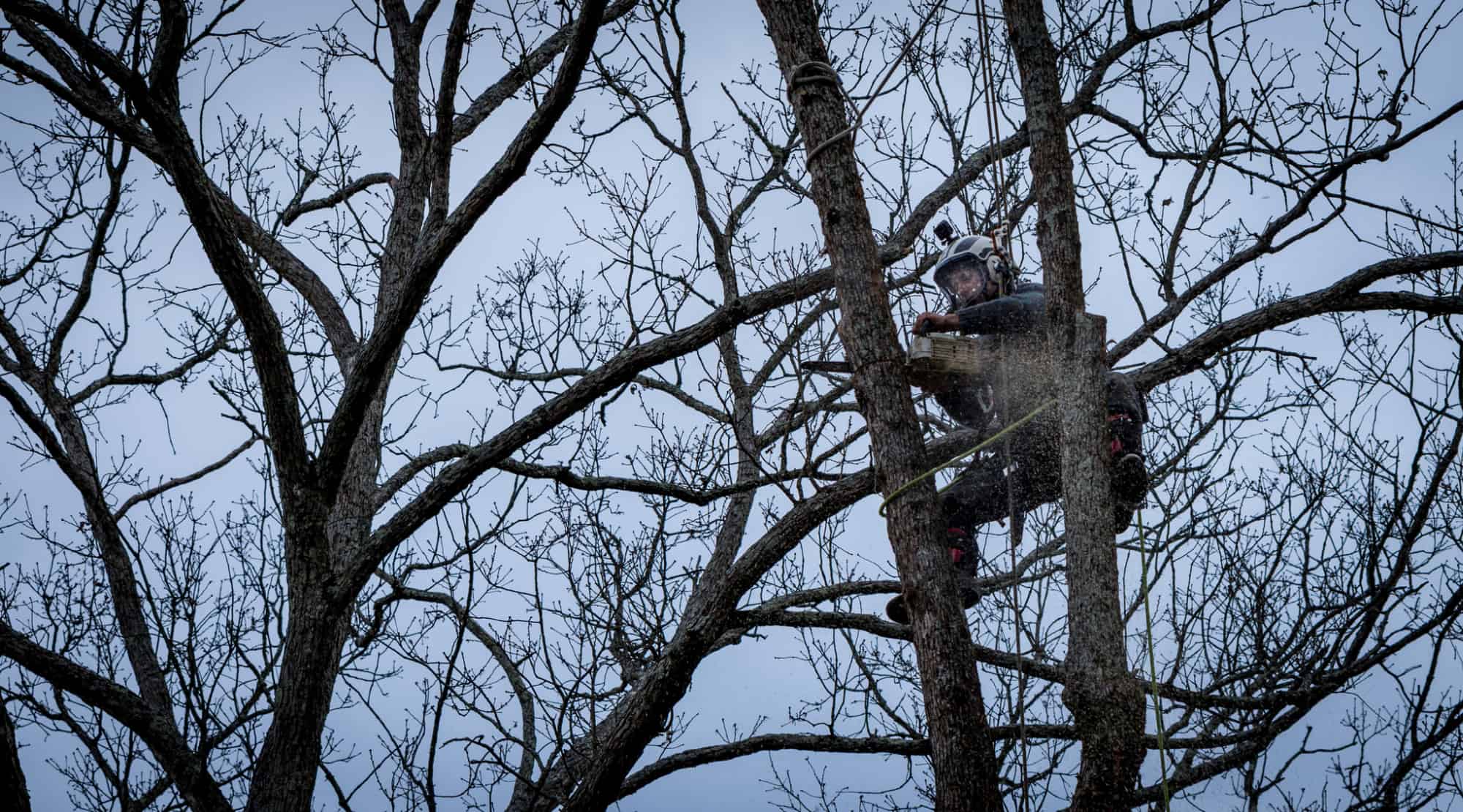
The Art of Tree Crown Thinning: Aesthetic and Health Benefits
What is Crown Thinning?
Crown thinning is a common tree care technique that involves selectively removing a portion of smaller branches from the outer crown of a tree. The goal of crown thinning is to achieve a uniform density of foliage and create an evenly spaced branch structure. This process is typically performed on mature trees, especially broad-leaved species.
During crown thinning, the arborist carefully evaluates the tree’s crown and identifies the smaller branches that should be removed. These smaller branches may be crossing or rubbing against each other, or they may be growing in a way that creates an imbalanced crown structure.
By removing these smaller branches, the arborist improves wind resistance and reduces the risk of storm damage. Crown thinning also helps to alleviate mechanical stress on the tree, as well as promote better air circulation and sunlight penetration throughout the canopy.
Crown thinning doesn’t change the tree’s size or shape, but it makes the crown look more balanced and pleasing. Additionally, crown thinning should be carried out by professional tree surgeons who have the experience and knowledge to perform the task safely and effectively.
Crown thinning has many benefits.
Crown thinning is an essential tree care practice that offers many benefits to both the tree and its surrounding environment. By selectively removing smaller branches, crown thinning improves the overall health and longevity of the tree. It also enhances its appearance and contributes to a safer and more comfortable outdoor space. Crown thinning is a specialized task that should be performed by professional tree surgeons who are knowledgeable and experienced in the field. Let’s take a closer look at some of the key benefits of crown thinning.
Lets in the light
Crown thinning plays a crucial role in improving the light levels that pass through a tree’s canopy. By selectively removing crowded branches, this process allows sunlight to penetrate the interior of the crown, promoting overall tree health.
When a tree’s crown becomes dense with branches, sunlight struggles to reach the lower portions of the tree. This lack of light can negatively impact the growth and vitality of the tree. By carefully thinning the crown, an arborist can create spaced branch structures that allow sunlight to filter through, reaching even the lower branches and foliage.
The improved light levels resulting from crown thinning have several benefits for the tree. Sunlight is essential for photosynthesis, the process by which trees convert light into energy. By increasing the amount of light that can reach the leaves, crown thinning provides the tree with the energy it needs to thrive.

Additionally, increased light levels help reduce the risk of fungal infections. Fungi thrive in damp and shaded environments, and when a tree’s canopy is crowded, air circulation is limited. This can create a favorable environment for fungal growth. By thinning the crown and allowing more sunlight and air circulation, crown thinning helps create an unfavorable environment for fungal infections, promoting better tree health.
Protects the tree from wind
Protecting trees from wind is essential for maintaining their overall health and preventing potential damage. One effective way to achieve this is through crown thinning. When a tree becomes overgrown and densely packed with branches, it creates what is known as the “sail effect.” This means that when strong winds blow, the tree’s dense crown acts like a sail, catching the wind and putting excessive pressure on the trunk and root system.
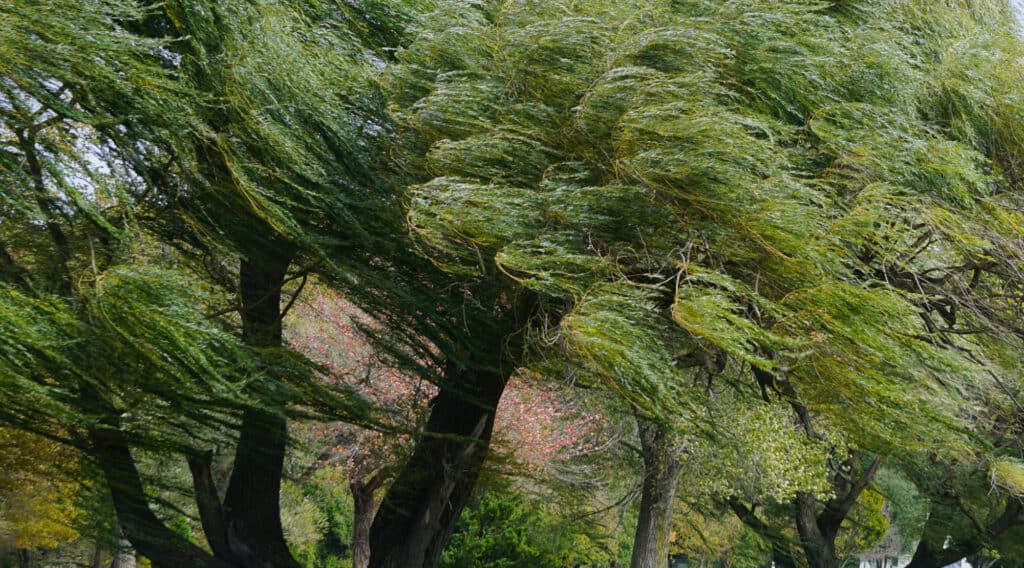
An overgrown tree with too many branches is more susceptible to wind damage. The excessive weight and sail effect increase the risk of the tree toppling over or losing branches during storms. This can not only pose a safety hazard but also cause extensive property damage.
Crown thinning plays a vital role in reducing the sail effect and improving wind resistance. By carefully removing select branches throughout the crown, the arborist can create a more balanced and spaced branch structure. This reduces the overall weight of the crown, allowing wind to pass through more easily. As a result, the tree becomes less prone to wind damage and less likely to topple over during severe weather conditions.
Additionally, crown thinning helps the tree to develop a stronger and healthier structure. It allows more light and air to penetrate the crown, promoting better overall growth and vitality. The removal of dead or weak branches during crown thinning further helps to reduce the tree’s susceptibility to wind damage. These branches are often more prone to breaking and can become projectiles during strong winds.
Promotes Flower and Fruit Growth
Crown thinning is not only beneficial for maintaining a tree’s structural integrity and wind resistance, but it also plays a crucial role in promoting the production of flowers and fruits. By carefully removing select branches throughout the crown, the tree’s overall health and vitality are enhanced, resulting in an increased yield of blossoms and fruits.
One of the key benefits of crown thinning is increased light penetration. When the crown is overcrowded with branches, sunlight struggles to reach all parts of the tree. This limited light exposure can hinder the tree’s ability to produce an abundant amount of flowers and fruits.
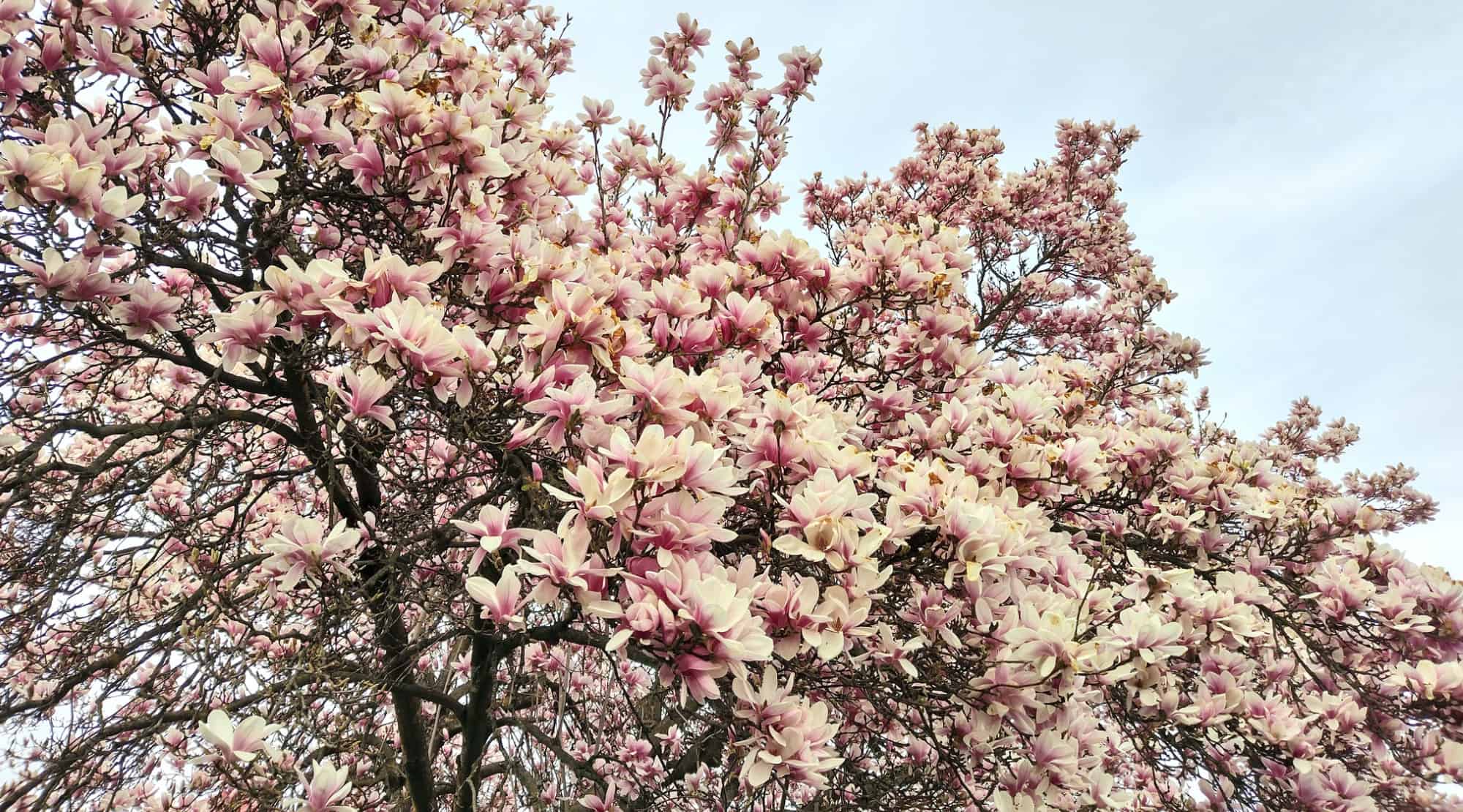
By selectively thinning the crown, more light is able to filter through, reaching the lower and inner parts of the tree. This stimulates the growth of new shoots, buds, and ultimately leads to more flowers and fruits.
Not only does crown thinning allow for better light penetration, but it also creates a more favorable microclimate within the tree’s canopy. Adequate air circulation is necessary for the proper development of the tree’s reproductive organs, namely the flowers and fruits. Thinning the crown reduces the density of branches, allowing air to flow more freely. This helps to prevent the buildup of moisture and pests that can negatively impact flower and fruit production.
However, it is important to note that crown thinning should be carried out by a professional arborist using proper techniques. Inappropriate thinning, such as the practice of lion-tailing where only the outer crown foliage is removed, can have detrimental effects on the tree. It weakens the overall structure by removing too many interior branches, leaving the tree more vulnerable to wind damage and compromising its ability to produce flowers and fruits.
What is the cost of tree crown thinning?
The cost of tree crown reduction depends on the size of the tree. Larger trees generally require more time and effort to reduce their crowns, which can impact the overall cost. Additionally, the type of tree can also influence the pricing. Different tree species may have distinct growth patterns and branch structures, which can affect the complexity of the reduction process.
The location of the tree is another important consideration. If the tree is situated in a hard-to-reach or confined area, it may require additional equipment or special techniques to safely carry out the crown reduction. This can result in higher costs due to the extra resources needed.
The condition of the tree is also a significant factor. Trees that are diseased or have extensive damage may require additional care and attention during the reduction process. This can increase the overall cost as the tree surgeon may need to take additional precautions to protect the tree and ensure its long-term health.
The amount of waste generated during crown reduction can impact the cost. Tree surgeons usually include waste removal in their quotes, but if there’s a lot of waste, it can make removal more difficult and time-consuming, leading to higher costs for labor and disposal fees.
Speak with a Professional Tree Surgeon

When it comes to tree crown thinning, it’s always beneficial to consult with a professional tree surgeon. These experts have the knowledge and experience to ensure that the process is done correctly, keeping the integrity and health of your trees intact.
Tree crown thinning improves the tree’s appearance, wind resistance, and reduces storm damage by selectively removing secondary branches within the crown.
A professional tree surgeon understands the dynamics of different tree species, including broadleaf trees like ash and fir trees. They can assess the tree’s condition and provide a comprehensive tree survey report to determine the best course of action for crown thinning.
By entrusting this task to a professional, you avoid the risk of causing mechanical stress, disease, or other issues that may arise from improper thinning practices. They have the right tools and techniques to remove dead branches or thin out crowded areas without damaging the overall structure of the tree.
Furthermore, consulting with a professional tree surgeon saves you time and effort. They have the expertise needed to handle even the most difficult tree pruning practices, including those involving tall trees or overgrown and neglected trees.
Remember, not all tree care services are equal. Look for a reputable tree company that employs qualified and insured tree surgeons. By doing so, you can ensure that your tree crown thinning is carried out properly, leading to healthier and more aesthetically pleasing trees in your garden or property.
You May Also Like...
Terminating Termites by Stump Grinding
Find My Local Expert Terminating Termites by Stump Grinding Termites...
Read MorePrune Your Privet: Tips for Picture-Perfect Hedges
Find My Local Expert Prune Your Privet: Tips for Picture-Perfect...
Read MoreHow to Use Stump Grindings as Mulch For Your Garden
Find My Local Expert How to Use Stump Grindings as...
Read More7 Signs Your Tree Needs To Be Cut Down
Find My Local Expert 7 Signs your tree needs to...
Read MoreNeed A Tree Crown Thinning?
My Trusted Expert Guarantee
Experts Have Been Vetted & Approved
